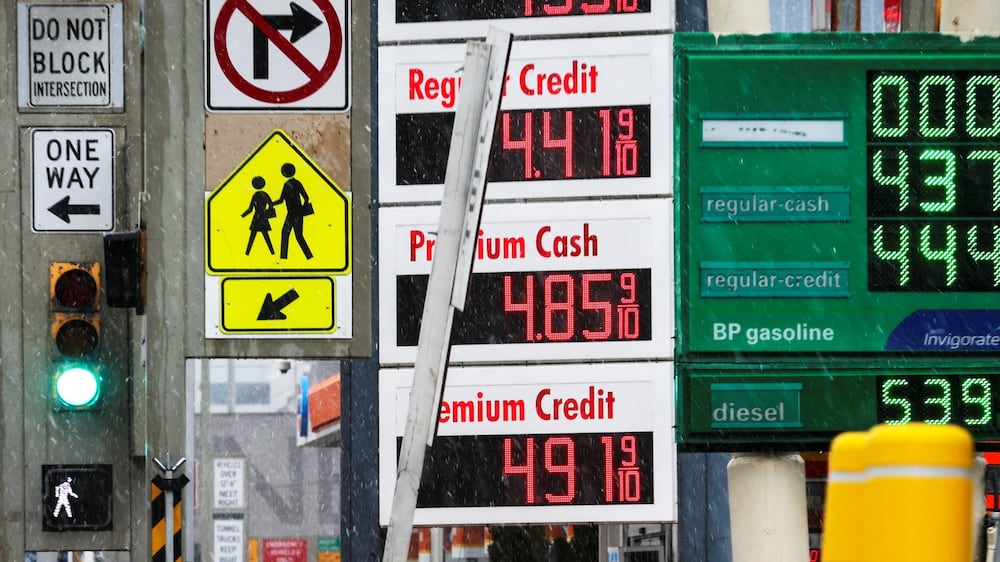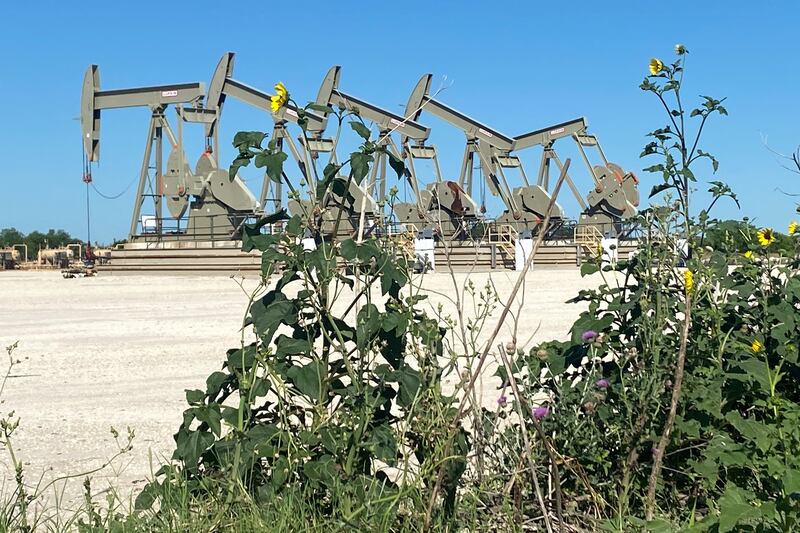Inflation in the oil sector is worsening and industry executives do not expect cost pressures on everything from steel pipe to frack sand to ease any time soon.
The increase in prices has been so swift that oil chief executives are being forced to increase the size of their annual budgets to preserve crude and natural gas output targets.
Those same executives have issued a warning that rampant oilfield inflation make any significant increase in domestic oil production much more difficult to attain despite the incentive of $100-a-barrel crude.
Why is everything getting so expensive?

Benchmark US and international oil prices have surged by more than 40 per cent this year as strong post-coronavirus demand crashed headlong into anaemic growth in crude supplies and the worldwide market dislocations caused by Russia’s invasion of Ukraine.
“Given the substantial supply chain bottlenecks and scarcity of oil service equipment and field personnel, any attempt to increase activity in the US will be logistically challenging and capital inefficient,” Apa chief executive John Christmann said during a conference call on Thursday.
Apa, the oil explorer formerly known as Apache, this week raised its full-year drilling budget by 8 per cent, startling investors unaccustomed to such revisions a few months after the plan was minted.
The stock fell by as much as 10 per cent, wiping out more than $1.5 billion in market value in less than three hours on Thursday.
ConocoPhillips also increased its spending plan by 8 per cent while Murphy Oil and Laredo Petroleum raised theirs by 7 per cent and 6 per cent, respectively.
The inflationary trend has hit every corner of the oil exploration and production cycle. Drillers said they are experiencing sticker shock on everything from rigs and workers to diesel fuel and frack sand.
Shale company Continental Resources said the price of steel tubes used to line the interior of oil wells jumped by about 7 per cent in the month of March alone.
Meanwhile, another shale specialist, Coterra Energy, noted that it can take as long as two years to take delivery of pipes, compressors and other production equipment.
Both companies said their drilling and production costs are up 16 per cent to 20 per cent from last year.
That represents an acceleration from earlier this year, when the sector was expecting cost increases in the range of 10 per cent to 15 per cent.
“I think it is here with us for a while,” ConocoPhillips chief executive Ryan Lance said on inflation during a conference call. “I don’t think it is transitory and we are going to have to deal with it.”
Hess is raising its capital budget by as much as $100 million this year, mainly because of a 7 per cent increase in drilling and fracking costs in the Bakken Shale region of North Dakota.
Scott Sheffield, the chief executive of Pioneer Natural Resources, expressed worry that supply constraints will hamper production.
“I just think it is going to be tough to hit” some of the Wall Street forecasts for oil supply growth, he told investors. “It makes me even more bullish about some of the oil price numbers that are out there.”
Shale executives are trying to minimise the pain from rising costs by ordering supplies earlier and reducing unit expenses through strategies such as drilling longer lateral wells.






